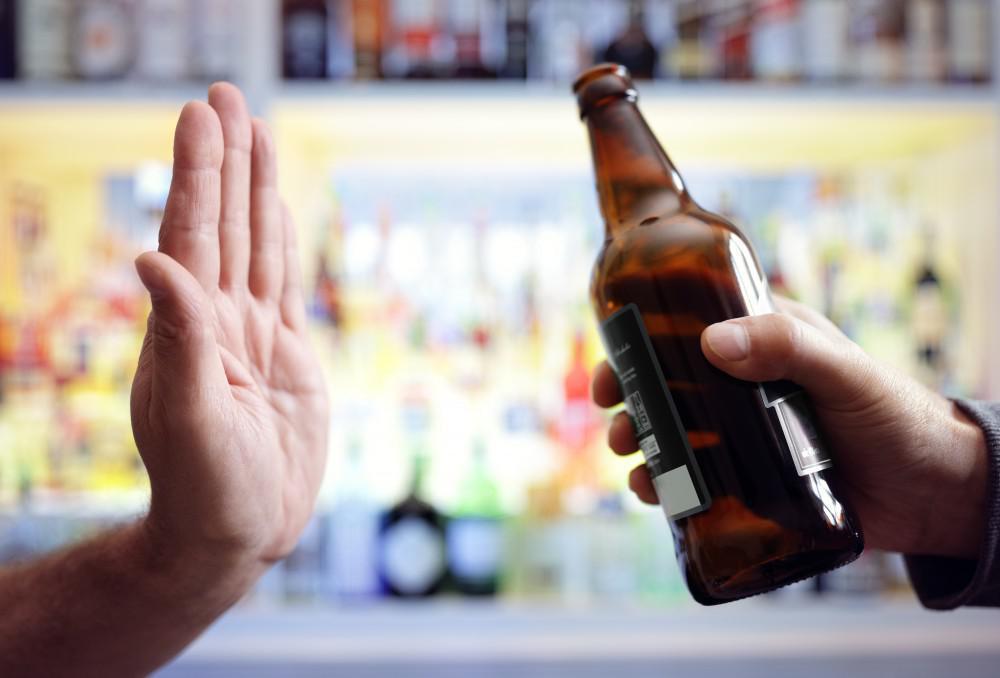
5 Tips for Staying Sober
You’ve done the work to become clean and sober, and you want to do what you can to stay that way. Here are five great tips that will help you safeguard your freedom from a substance use disorder.

When most people think of “wellness,” they often focus on physical or mental health. However, wellness is a much broader concept that encompasses several key areas of well-being. In fact, there are six main components of wellness: physical, mental, emotional, social, spiritual, occupational, and intellectual. Each of these areas plays an important role in maintaining overall balance and well-being
Let’s take a closer look at each one:
These six areas are interconnected, and neglecting one can impact the others. For example, poor physical health can affect emotional well-being, while a lack of social connection can contribute to mental health challenges. That’s why it’s important to nurture all aspects of wellness to achieve long-term balance and well-being.
At Northview Wellness, we take a holistic approach to health and understand the importance of addressing all these areas. Whether you need support with stress management, work-life balance, or nurturing emotional or spiritual health, our team of professionals is here to guide and support you throughout your wellness journey.
Are you ready to prioritize all areas of your wellness? Reach out today to learn how we can help you achieve a more balanced and fulfilling life.
Greening out happens when too much THC overwhelms the body’s endocannabinoid system, leading to uncomfortable physical and psychological symptoms. While the effects vary from person to person, factors like THC potency, consumption method, personal tolerance, and overall health can influence how someone reacts. Smoking or vaping marijuana typically results in faster effects, while edibles take longer to kick in but often lead to stronger and longer-lasting highs.
Individuals with little experience using marijuana are more likely to green out because their bodies aren’t accustomed to THC’s effects. Additionally, consuming cannabis on an empty stomach, mixing it with alcohol or other substances, or using highly concentrated forms like dabs and oils can significantly increase the risk of greening out.
The duration of greening out depends on several factors, including the amount of THC consumed and how it was ingested. When marijuana is smoked or vaped, the effects typically peak within 30 minutes to an hour and wear off within a few hours. However, edibles can take much longer—sometimes up to two hours to fully kick in—and their effects may last anywhere from 6 to 12 hours.
For most people, symptoms of greening out will subside once THC levels in the bloodstream decrease. However, during this period, the discomfort can feel overwhelming, which is why it’s essential to stay calm, hydrated, and in a safe environment until the effects wear off.
If you or someone you know is experiencing a green out, here’s what can help:
If symptoms persist, become severe, or include chest pain, extreme confusion, or loss of consciousness, seeking medical attention is recommended.
While many believe marijuana is harmless, frequent use can lead to dependency. Regular marijuana consumption, especially with high-THC products, can alter brain chemistry, making it difficult for users to quit or control their intake. Some may experience withdrawal symptoms like irritability, insomnia, cravings, and anxiety when they try to stop. Greening out may be a sign that marijuana use is becoming excessive and potentially harmful.
If you or a loved one is struggling with marijuana use, you’re not alone. At Northview Wellness Center, we specialize in helping individuals understand and overcome substance use challenges. Our compassionate team provides personalized treatment plans to help you regain control and build healthier coping strategies. Contact us

You’ve done the work to become clean and sober, and you want to do what you can to stay that way. Here are five great tips that will help you safeguard your freedom from a substance use disorder.

The connection between a substance use disorder and a mental health issue is a strong one, as the nearly eight million Americans who have a co-morbidity prove. When this occurs, treating both issues is paramount.

Addiction is a chronic disease that requires constant vigilance and good management. When a person falls short, relapse can occur. If you’re worried that a loved one has relapsed, here are some signs to look out for.

You believe that you’re drinking isn’t normal anymore, and you’re tired of the overwhelmingly negative effects that alcohol is having on your life. The good news is that alcoholism is highly treatable.

The rise in availability of telehealth services has been great news for those who need (or would prefer) to receive quality health care from the comfort of their own homes. These services also extend to substance use disorders.

Marijuana may be legal, but like with alcohol, how you use this legal substance makes a difference. If you develop a use disorder, marijuana can be quite harmful and affect a number of areas of your life.